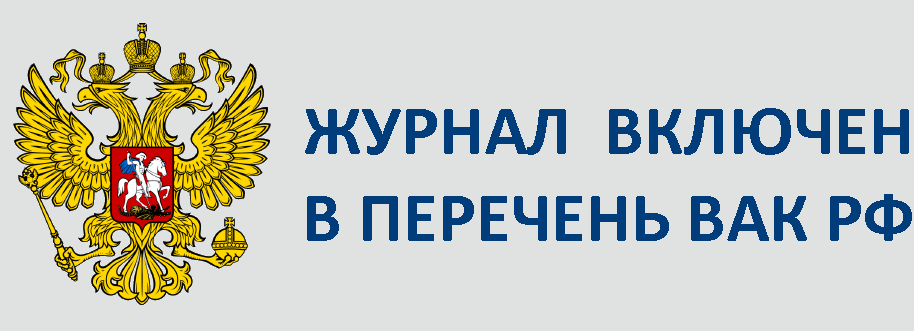№4-2022-03
№4-2022-03
УДК 94(47+57)+7.067.3
DOI: 10.22281/2413-9912-2022-06-04-22-39
Дубровский А.М., Карпухин А.А.
ИДЕОЛОГИЯ БОЛЬШЕВИЗМА И ОБРАЗ ВОЖДЯ В СОВЕТСКОМ ИСКУССТВЕ
В статье представлена эволюция идейного комплекса вождизма в идеологии партии большевиков и отражение этой идеи в политических плакатах, рисунках, картинах, посвящённых вождям. Ранее авторы исследовали изображения главным образом И.В. Сталина без связи с эволюцией идеологии большевиков. Хронологические рамки их работ ограничивались 1930-1950 годами. Хронологические рамки настоящего исследования охватывают период с 1917 г. до начала 1950-х гг. В статье исследуются предпосылки появления культа вождя в общественном сознании после Февральской революции и в идеологии партии большевиков. В этой идеологии комплекс вождизма возникал постепенно. В начале своей революционной деятельности Ленин обосновал необходимость вождей для партии. После прихода к власти в стране Ленин охарактеризовал их роль как диктаторов в руководстве экономикой. В 1930-х гг. Сталин пришёл к выводу, что в России необходимость вождя заключена в традиционных взглядах русского народа. В этом представлении заключался политический реализм и в то же время отход от классовой позиции Ленина. При жизни и вскоре после смерти Ленина его образ художники представляли в дружеском и юмористическом духе. Позже его образ в изобразительном искусстве канонизируется, складывается культ Ленина. Изображения Сталина пережили ещё большую эволюцию. В 1930-х гг. идейный комплекс его культа сложился в литературе и воплотился в ряде произведений изобразительного искусства. Эволюция образа вождя в изобразительном искусстве за 1930-1940-е гг. шла тем же путём, что и вся партийно-государственная идеология – от радикальных понятий и представлений к возрождению традиционных для России идей и образов.
Ключевые слова: В.И. Ленин, И.В. Сталин, революция, вождизм, плакат, идеология, культ личности, образ, жест, фигура.
Dubrovskii A.M., Karpuhin A.A.
THE BOLSHEVISM IDEOLOGY AND LEADER IMAGE IN THE SOVIET ART
The article presents the evolution of the ideological complex of chiefdom in the ideology of the Bolshevik Party and the reflection of this idea in political posters, drawings, paintings dedicated to the leaders. The images were studied mainly by I.V. Stalin without connection with the evolution of the ideology of the Bolsheviks. The chronological framework of their works was limited to the years 1930-1950. The chronological framework of this study covers the period from 1917 to the early 1950s. The article examines the prerequisites for the emergence of the cult of the leader in the public consciousness after the February Revolution and in the ideology of the Bolshevik Party. In this ideology, the complex of leadership emerged gradually. At the beginning of his revolutionary activity, Lenin justified the need for leaders for the party. After coming to power in the country, Lenin characterized their role as dictators in the management of the economy. In the 1930s, Stalin came to the conclusion that in Russia the need for a leader lies in the traditional views of the Russian people. This idea was political realism and at the same time a departure from Lenin’s class position. During his lifetime and soon after Lenin’s death, artists presented his image in a friendly and humorous spirit. Later, his image in the visual arts is canonized, the cult of Lenin develops. Images of Stalin have undergone an even greater evolution. In the 1930s, the ideological complex of his cult was formed in literature and embodied in a number of works of fine art. The evolution of the image of the leader in the visual arts in the 1930s and 1940s followed the same path as the entire party-state ideology — from radical concepts and ideas to the revival of traditional ideas and images for Russia.
Keywords: V.I. Lenin, Joseph Stalin, revolution, leadership, poster, ideology, cult of personality, image, gesture, figure.
Брянский государственный университет имени академика И.Г. Петровского (Россия)
Academician I.G. Petrovskii Bryansk State University (Russia)
Это произведение доступно по лицензии Creative Commons «Attribution-ShareAlike» («Атрибуция — На тех же условиях») 4.0 Всемирная







